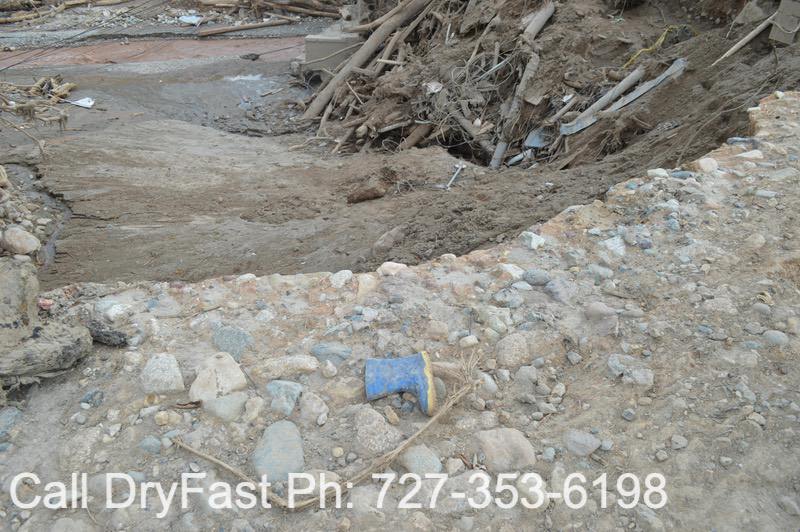What does sanitization mean?

Table Of Contents
Sanitization in Food Safety
Sanitization plays a crucial role in food safety by reducing the risk of foodborne illnesses. It involves using specific methods and agents to eliminate harmful microorganisms from surfaces and equipment that come into contact with food. Establishments such as restaurants and food processing plants must implement rigorous sanitization protocols to ensure that their environments are clean and safe for food preparation and service.
Proper sanitization procedures can significantly decrease the chances of contamination during food handling. Staff members must be trained in effective sanitization practices, including the correct use of sanitizing solutions and the importance of maintaining clean surfaces. Regular monitoring and documentation of sanitization efforts further contribute to a safe food handling environment, instilling confidence in consumers regarding the safety of what they eat.
Ensuring Safe Food Handling
Effective sanitization in food handling is crucial for preventing foodborne illnesses. Proper sanitization methods reduce harmful microorganisms on surfaces that come into contact with food. This includes countertops, utensils, and equipment. Regular disinfection of these areas minimizes the risk of contamination. Additionally, training employees on sanitization protocols promotes a culture of safety within food establishments.
The process of sanitization goes beyond mere cleaning. It involves using specific chemicals and heat methods to eliminate pathogens. Implementing proper sanitization practices during food preparation and storage is essential. This helps ensure that food remains safe for consumption. Consistent adherence to sanitization standards also builds consumer trust in food safety practices.
Sanitization Methods in Healthcare
Sanitization in healthcare involves a range of processes designed to reduce the presence of pathogens on surfaces and instruments. Common methods include high-level disinfection, chemical sterilization, and the use of ultraviolet light. These techniques play a crucial role in maintaining hygiene and preventing the spread of infections within healthcare settings. By employing effective sanitization practices, hospitals and clinics can protect vulnerable patients and ensure a safe environment for both staff and visitors.
In addition to surface cleaning, sanitization also encompasses the proper handling and disposal of medical waste. Healthcare facilities must adhere to strict guidelines for cleaning reusable instruments and safely disposing of single-use items. Regular training for staff on sanitization protocols ensures compliance and enhances overall safety practices. The integration of advanced sanitization technologies, alongside traditional methods, reflects an ongoing commitment to improving patient outcomes and reducing the risk of healthcare-associated infections.
Protecting Patients and Staff
Sanitization is crucial in healthcare settings to ensure the safety of both patients and staff. Hospitals and clinics face the constant threat of infections that can spread rapidly. Regular sanitization of surfaces, instruments, and patient areas helps minimize the risk of transmitting harmful pathogens. This is especially important in high-touch areas where contaminants can linger, leading to potential outbreaks.
Additionally, proper sanitization practices create a healthier environment that fosters patient recovery and staff well-being. Implementing strict sanitization protocols ensures that healthcare professionals can perform their duties with confidence. Patients feel more secure knowing that the environment around them is clean and safe. With a focus on thorough sanitization, healthcare facilities can significantly reduce the likelihood of healthcare-associated infections and enhance overall care quality.
The Impact of Sanitization in Workspaces
Sanitization plays a crucial role in maintaining a safe working environment. Regular cleaning and disinfecting of surfaces can significantly reduce the presence of harmful pathogens. This practice not only protects employees from illness but also instills a sense of confidence in health protocols. As businesses prioritize sanitization, they contribute to a culture of safety that benefits everyone in the workplace.
The impact of sanitization extends beyond physical health. A clean and sanitized workspace can enhance employee morale and productivity. When workers feel safe and secure, they are more likely to focus on their tasks without the distraction of health concerns. Implementing effective sanitization practices can lead to reduced absenteeism, creating a more efficient and engaged workforce.
Enhancing Employee Safety and Productivity
Sanitization plays a crucial role in enhancing employee safety within the workplace. Clean and well-sanitized environments contribute to reducing the spread of germs and illnesses, which can lead to fewer sick days and higher morale among staff. Implementing routine sanitization practices creates a sense of security for employees, allowing them to focus on their tasks without the distraction of health concerns. Regular cleaning of high-touch surfaces, restrooms, and common areas is essential in maintaining a hygienic workplace.
Moreover, effective sanitization can lead to increased productivity levels. When employees feel safe from potential health hazards, they are more likely to engage fully in their work. A sanitized environment minimizes disruptions caused by illness and boosts overall efficiency. Investing in sanitization promotes a culture of health and wellness, ultimately benefiting both employees and the organization. Keeping workspaces clean not only enhances safety but also fosters a positive atmosphere where productivity can thrive.
FAQS
What is sanitization?
Sanitization is the process of cleaning and disinfecting surfaces to reduce the number of pathogens and harmful microorganisms to safe levels, ensuring a healthier environment.
Why is sanitization important in food safety?
Sanitization is crucial in food safety as it helps to prevent foodborne illnesses by eliminating bacteria and viruses from food preparation areas, utensils, and equipment.
What are some common sanitization methods used in healthcare?
Common sanitization methods in healthcare include the use of alcohol-based hand sanitizers, disinfecting wipes, steam sterilization, and chemical disinfectants to ensure the safety of patients and healthcare staff.
How does sanitization impact workplace safety?
Sanitization in workplaces enhances employee safety by reducing the spread of germs and infections, which can lead to fewer sick days and improved productivity.
Can I perform sanitization at home?
Yes, you can perform sanitization at home by regularly cleaning surfaces with appropriate disinfectants, especially in high-touch areas like kitchen counters, doorknobs, and bathrooms.